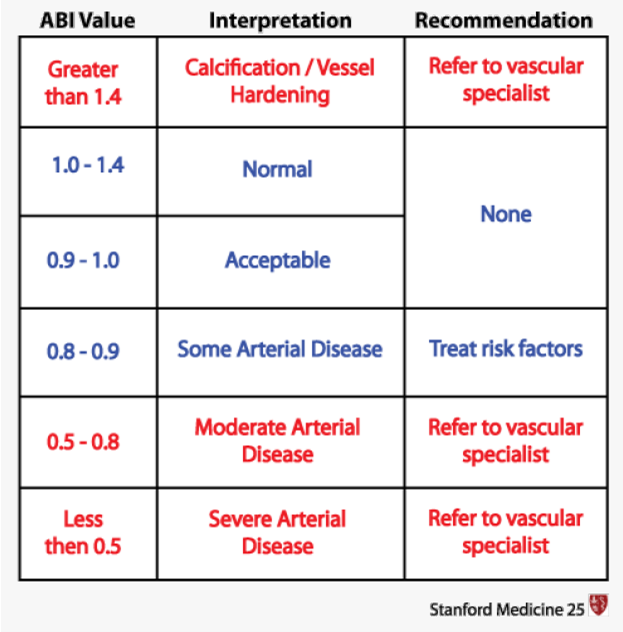The nurse and unlicensed assistive personnel (UAP) on the telemetry unit are caring for four clients. Which nursing action can be delegated to the UAP?
Checking the client's catheter site after a coronary angiogram
Teaching a patient about exercise electrocardiography
Attaching ECG monitoring electrodes after a patient bathes
Monitoring a client after a transesophageal echocardiogram
The Correct Answer is D
Monitoring a client after a transesophageal echocardiogram involves observing the client for any immediate post-procedure complications or adverse reactions. This may include assessing vital signs, monitoring for signs of bleeding or infection, and reporting any concerning symptoms or changes in the client's condition to the nurse.
Checking the client's catheter site after a coronary angiogram requires assessing the site for bleeding, hematoma, or signs of infection. This task involves more complex assessment skills and would typically be performed by the nurse.
Teaching a patient about exercise electrocardiography involves providing education on the purpose of the test, the procedure itself, and any preparation or precautions the patient needs to take. This task requires specialized knowledge and is best performed by the nurse who can address the patient's specific questions and concerns.
Attaching ECG monitoring electrodes after a patient bathes requires technical knowledge and skill in properly placing the electrodes and ensuring accurate ECG readings. This task also falls within the scope of the nurse's responsibilities.
Delegation should be based on the UAP's skill set, training, and the complexity of the task. While the UAP can provide valuable support in monitoring a client after a transesophageal echocardiogram, the other tasks mentioned require the expertise and knowledge of a nurse.
Nursing Test Bank
Naxlex Comprehensive Predictor Exams
Related Questions
Correct Answer is D
Explanation
An ABI of 0.89 indicates a reduced blood flow to the lower extremities, which is suggestive of peripheral arterial disease (PAD). In PAD, there is narrowing or blockage of the arteries that supply blood to the legs and feet. Medications like clopidogrel and simvastatin are commonly prescribed for individuals with PAD to manage the condition and reduce the risk of complications.

Here's an explanation of why the other options are not the most appropriate interventions:
Document the information as a normal finding: An ABI of 0.89 is not considered a normal finding. An ABI value below 0.9 is generally indicative of PAD or reduced blood flow to the lower extremities.
Prepare the client for an arterial bypass: An ABI value of 0.89 alone does not warrant immediate preparation for an arterial bypass. Arterial bypass surgery is typically considered for severe cases of PAD with significant symptoms that significantly impact the client's quality of life and other conservative treatments have not been successful.
Educate the client about the use of compression stockings: While compression stockings may be a part of the overall management of PAD, the ABI result alone does not indicate an immediate need for education about compression stockings. Other interventions, such as medication management, lifestyle modifications, and possibly revascularization procedures, may be more appropriate based on the severity of the PAD.
Correct Answer is D
Explanation
"Have you recently taken any antihistamines?": This question is not directly related to the client's high blood pressure. Antihistamines are medications used to treat allergic reactions and have minimal impact on blood pressure.
"Have there been recent stressful events in your life?": Stress can affect blood pressure levels, so this question is relevant. Stressful events can trigger temporary increases in blood pressure. However, it is important to note that consistently high blood pressure readings require medical attention beyond stress management alone.
"Did you take any acetaminophen today?": Acetaminophen (also known as paracetamol) is a pain reliever and fever reducer. It does not have a significant impact on blood pressure levels. Therefore, this question may not directly address the issue of high blood pressure.
"Have you consistently taken your medications?" : This question is the most appropriate follow-up question for a client with a history of high blood pressure. It addresses medication adherence, which is crucial for managing hypertension. The client's blood pressure reading of 210/106 mm Hg suggests that their current medication regimen may not be effectively controlling their blood pressure. Assessing medication consistency will help determine if the elevated blood pressure is due to non-adherence or if a change in medication is required.
Whether you are a student looking to ace your exams or a practicing nurse seeking to enhance your expertise , our nursing education contents will empower you with the confidence and competence to make a difference in the lives of patients and become a respected leader in the healthcare field.
Visit Naxlex, invest in your future and unlock endless possibilities with our unparalleled nursing education contents today
Report Wrong Answer on the Current Question
Do you disagree with the answer? If yes, what is your expected answer? Explain.
Kindly be descriptive with the issue you are facing.
